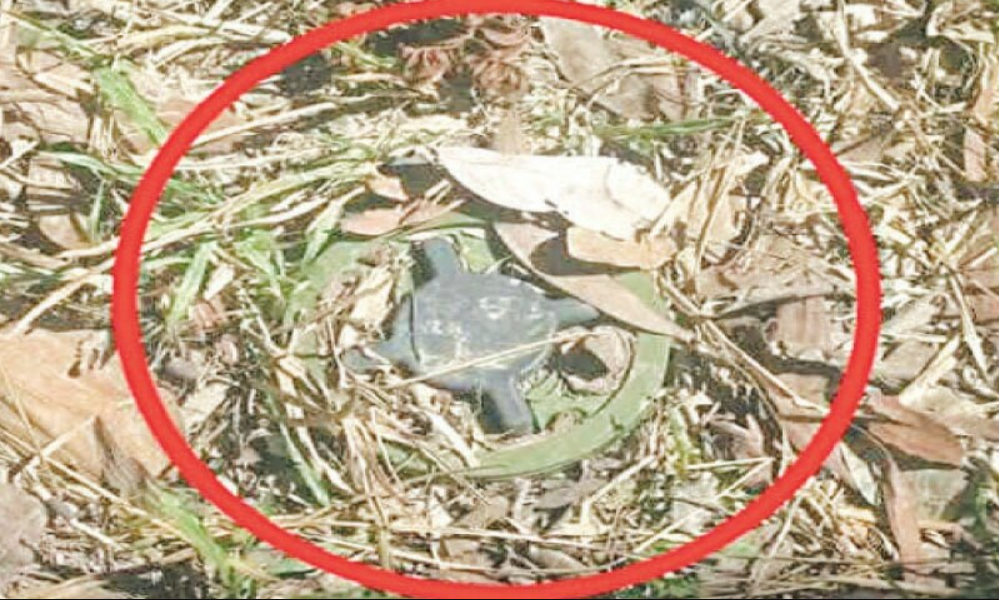WORLD NEWS
Israeli Demolitions Flatten Gaza Towers, Leave Families Homeless Amid UN Warnings of Ethnic Cleansing

For a decade, Palestinian bank worker Shady Salama Al-Rayyes faithfully paid into a $93,000 mortgage for his flat in Mushtaha Tower, a modern high-rise in Gaza City. On September 5, that investment — and his family’s future — collapsed in seconds when an Israeli airstrike demolished the 15-storey building, leaving Al-Rayyes and dozens of families destitute.
The demolition marked the beginning of Israel’s intensified campaign of controlled demolitions against Gaza’s high-rises, part of preparations for a broader ground assault into the heart of the city. Israeli officials claim the towers are used by Hamas for military purposes, though residents and rights groups dispute the justification.
Over the past two weeks, Israel’s armed forces said they have demolished nearly 20 towers in Gaza City. Prime Minister Benjamin Netanyahu boasted that 50 so-called “terrorist towers” had been flattened. The campaign has left hundreds homeless, uprooting families across neighborhoods including Zeitoun, Tuffah, Shejaia, and Sheikh al-Radwan.
Satellite imagery reviewed by Reuters shows widespread destruction, while residents reported daily demolitions in recent weeks. According to the Palestinian NGO Network, more than 65% of Gaza City’s buildings have now been damaged or destroyed.
Al-Rayyes said the demolition campaign feels like a deliberate attempt to permanently depopulate Gaza City. “The explosions are non-stop. I can’t risk the safety of my children, so I am leaving for the south,” he said, vowing never to leave Gaza entirely.
The UN Human Rights Office (OHCHR) echoed these fears, warning that forced displacement of civilians under such circumstances could amount to ethnic cleansing. A recent UN inquiry went further, accusing Israel of genocide in Gaza — a finding Israel dismissed as “biased and scandalous.”
Israel’s military maintains that the demolitions are legitimate military operations. Spokesperson Lt. Col. Nadav Shoshani said Hamas uses tall buildings as observation posts and hides underground infrastructure beneath them. “There’s no strategy to flatten Gaza,” he said, claiming residents are given evacuation warnings before strikes.
Yet, displaced families describe scenes of panic and despair. Al-Rayyes recalled fleeing barefoot with his wife and two children as Israeli warnings ordered immediate evacuation. “We carried nothing with us — not even passports or identity cards,” he said. Moments later, two projectiles reduced the tower to rubble in a matter of seconds.
International rights organizations say the destruction of civilian housing and infrastructure may constitute war crimes. Oxfam warned that destroying Gaza’s last remaining towers would worsen overcrowding in the south, where displaced families are already struggling with famine, disease, and lack of shelter.
The offensive is the latest phase of Israel’s war in Gaza, launched after Hamas’ October 7, 2023, attack that killed 1,200 people in Israel and led to 251 hostages being taken. Nearly a year later, Gaza faces unprecedented devastation: over 65,000 Palestinians killed, 80% of its structures destroyed, and millions displaced multiple times.
As Al-Rayyes set up a tent for his family in Deir Al-Balah, he reflected on the collapse of his once-secure life. “They destroyed not just a building,” he said, “they destroyed our hope of returning.”




